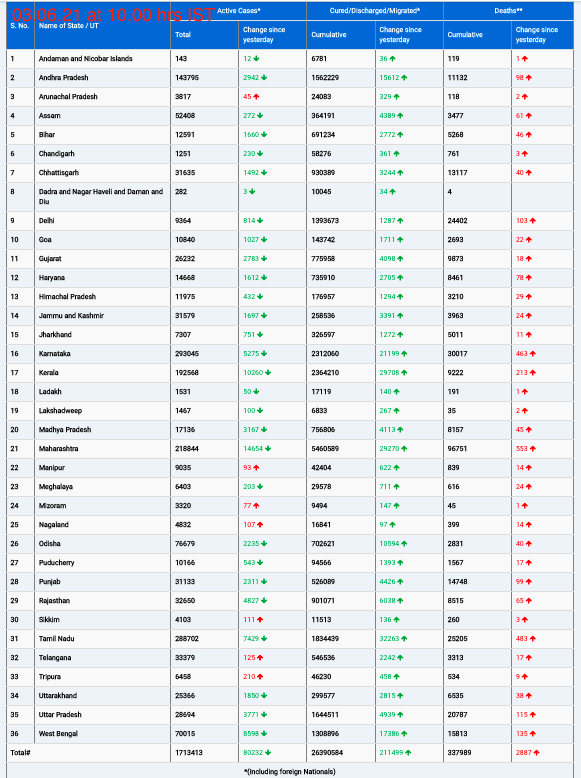Scientists at the US National Institutes of Health (NIH) have discovered that a coloured band along the length of the nail could be an indicator of an increased risk for developing cancerous tumours in the skin, eyes, and kidneys. This finding is linked to a benign nail abnormality known as onychopapilloma, which also involves thickening of the nail.
The study, published in the JAMA Dermatology journal, highlights the significance of this abnormality in diagnosing BAP1 tumour predisposition syndrome, a rare inherited disorder. This syndrome, driven by mutations in the BAP1 gene, significantly elevates the risk of developing cancerous tumours. The BAP1 gene typically functions as a tumour suppressor, among other roles.
Interestingly, while this condition generally affects only one nail, the study, which included 47 individuals with BAP1 syndrome from 35 families, found that approximately 88 percent exhibited onychopapilloma tumours on multiple nails.
“This finding is rarely seen in the general population, and we believe the presence of nail changes that suggest onychopapillomas on multiple nails should prompt consideration of a diagnosis of BAP1 tumour predisposition syndrome,” said Edward Cowen, head of Dermatology Consultation Services at NIH’s National Institute of Arthritis and Musculoskeletal and Skin Diseases (NIAMS).
The research team recommends nail screening, particularly for individuals with a personal or family history of melanoma or other potential BAP1-associated malignancies. This screening could prove valuable in early detection and prevention efforts.











